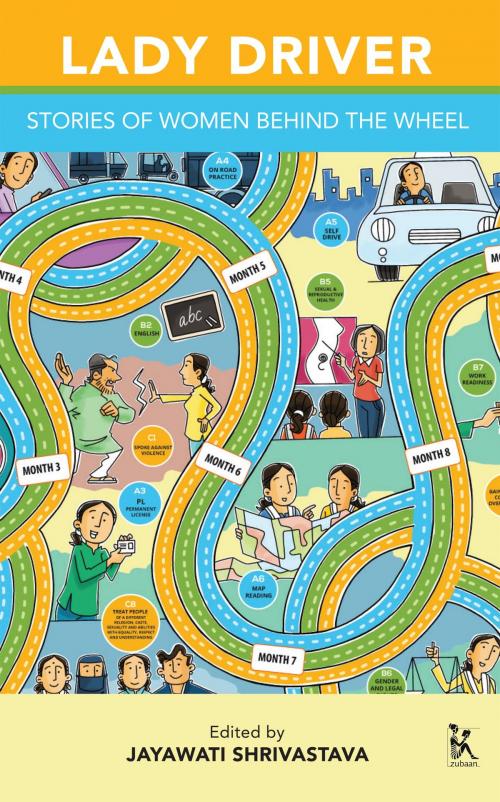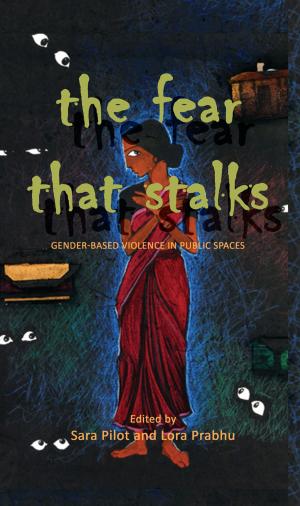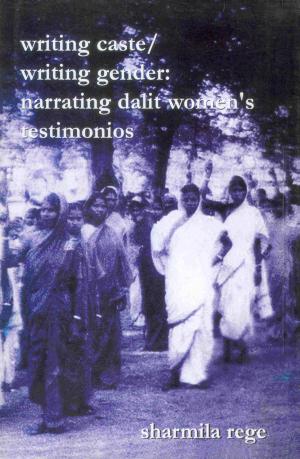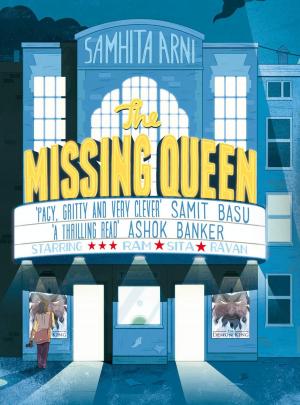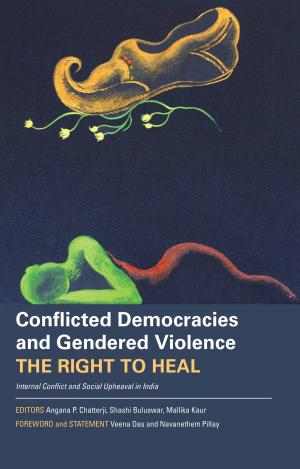Lady Driver
Stories of Women Behind the Wheel
Nonfiction, Social & Cultural Studies, Social Science, Gender Studies, Women&| Author: | ISBN: | 9789385932328 | |
| Publisher: | Zubaan | Publication: | March 29, 2017 |
| Imprint: | Language: | English |
| Author: | |
| ISBN: | 9789385932328 |
| Publisher: | Zubaan |
| Publication: | March 29, 2017 |
| Imprint: | |
| Language: | English |
In 2008, when the Azad Foundation, an NGO based in Delhi, began training women to become drivers of commercial and private vehicles, most people thought they were somewhat out of touch with reality. Poor, illiterate women, many of them from violent homes, some of them single mothers, others from families and communities which had never allowed women to step out of the home how could these women take the wheel, drive around in unsafe cities, be confident and competent, earn money? At the time, there was only one known woman auto driver in Delhi. When Azad turned to radio cab companies to suggest they take in women drivers, there wasn’t much interest. Today, more than 300 women drivers have received training from Azad and are on the roads of several cities. Nine years after radio companies turned Azad away, special services for women with women drivers are being introduced within these same companies. In 2015, the Delhi Transport Corporation got its first woman driver, and in 2016, the Delhi Commission for Women recruited 25 women drivers to be part of their women’s helpline. Clearly, things are changing.
Lady Driver maps the journeys of twelve women from poor, marginalized communities who have transformed their lives by taking up the challenge of becoming women drivers. Each story is unique; there’s no Cinderella effect here. Reality does not change overnight. Instead, as the women featured here painstakingly claim a relationship with the road, it translates into claims for identity, for dignity, for a livelihood. Their stories are of beginnings, but have no endings; for our lady drivers, there are many roads still to travel.
In 2008, when the Azad Foundation, an NGO based in Delhi, began training women to become drivers of commercial and private vehicles, most people thought they were somewhat out of touch with reality. Poor, illiterate women, many of them from violent homes, some of them single mothers, others from families and communities which had never allowed women to step out of the home how could these women take the wheel, drive around in unsafe cities, be confident and competent, earn money? At the time, there was only one known woman auto driver in Delhi. When Azad turned to radio cab companies to suggest they take in women drivers, there wasn’t much interest. Today, more than 300 women drivers have received training from Azad and are on the roads of several cities. Nine years after radio companies turned Azad away, special services for women with women drivers are being introduced within these same companies. In 2015, the Delhi Transport Corporation got its first woman driver, and in 2016, the Delhi Commission for Women recruited 25 women drivers to be part of their women’s helpline. Clearly, things are changing.
Lady Driver maps the journeys of twelve women from poor, marginalized communities who have transformed their lives by taking up the challenge of becoming women drivers. Each story is unique; there’s no Cinderella effect here. Reality does not change overnight. Instead, as the women featured here painstakingly claim a relationship with the road, it translates into claims for identity, for dignity, for a livelihood. Their stories are of beginnings, but have no endings; for our lady drivers, there are many roads still to travel.
